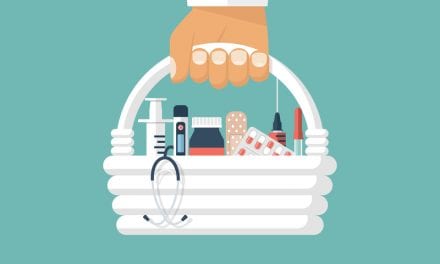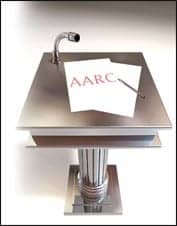Thomas Scammell, MD, shares real-world advice for how to prepare a patient for a multiple sleep latency test and reduce the chance of a false positive or false negative.
The multiple sleep latency test (MSLT) is a standard tool used to diagnose narcolepsy, but it can easily give false positives and false negatives, according to an expert presenter at the SLEEP 2016 meeting.
As part of his presentation at the “Best Practices for Managing Narcolepsy and Obstructive Sleep Apnea: Evidence-Based Strategies and Solutions” symposium on June 13 in Denver, Thomas Scammell, MD, a professor of neurology at Harvard Medical School noted that the MSLT is “very delicate.”
During the symposium, Scammell, also employed at Beth Israel Deaconess Medical Center and Boston Children’s Hospital, provided data surrounding limitations of the MSLT. For example, he noted that 2 or more sleep onset rapid eye movement (SOREMS) occurs in 13% of men and in 6% of women; also, SOREMS and MSLT latency of less than 8 minutes occurs in 6% of men and in 1% of women. Most likely, there are many false positives within these percentages, as they are larger than the estimated percentage of people with narcolepsy in the population.
False negative also occur, generally between 7% and 20% of the time, Scammell reported. Some causes of false negatives include anxiety, medications, age, and environmental factors such as noise in the sleep lab.
Also, the myriad causes of short sleep latency are another MSLT limitation. “Short sleep latencies can have many causes; and 2 or more sleep-onset REM periods (SOREMPs) can occur with shift work, circadian disorders, and possibly insufficient sleep,” Scammell said in an e-mail interview with Sleep Review.
There are steps healthcare providers can take to ensure optimal MSLT conditions, Scammell shared. His advice included: discontinuing the patient’s antidepressants for 3 weeks and stimulants for 1 week before the MSLT, as well as ensuring adequate amounts of sleep in the week prior to the test. Actigraphy or a sleep log can verify that the patient achieved adequate sleep in the week or two prior to the MSLT. In addition, confirming the patient appropriately times his/her sleep can help ensure optimal test conditions; for example, patients with circadian phase delay should try to shift their schedule closer to usual sleep lab conditions, or if staffing permits, the lab can try to run the polysomnography (PSG) and MSLT at the patient’s typical sleep times. Also, ensuring the PSG sleep amount is appropriate for the age and individual; 6 hours may not be enough for many adults and children definitely need more, Scammell said.
Finally, the correction and management of other sleep disorders, such as obstructive sleep apnea, can also help ensure optimal test conditions.
The symposium was sponsored by Voxmedia and supported by an independent educational grant from Jazz Pharmaceuticals.
Cassandra Perez is associate editor for Sleep Review. CONTACT [email protected]






Been through this so called process of doctors running me through the mill. Is there a set procedure using the actgraphy prior to taking the MSLT ? Or is this a suggestion that doctors choose to ignore because it’s not required? Or is it required??? I don’t get good sleep but have been subjected to the test on 4hrs of sleep and failed, as to where a doctor refused to do any other tests to confirm. I’ve been pretty productive all of the 10years of driving for a company and now I’m facing termination because of this diagnosis. I’ve been refused guidance to a true testing. What do we have to do to avoid docs from padding their pockets from knowing that we’d fail from not having proper sleep?
Mr Walker,
I am a pilot currently going through the same thing. I feel your pain. The MSLT is totally setup for you to fail so they can line their pockets. Western medicine is nothing more than a business and if you pass, they make no continuing paycheck off of you having narcolepsy. Keep pushing back and DEMAND another test.